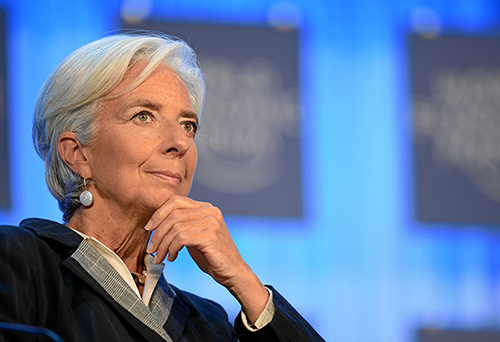May 20 2015 Tools for Complex Decision Making from Spark Policy Institute
 We’re always on the lookout for helpful resources for practitioners and are big fans of Spark Policy Institute’s Tools for Social Innovators, an online resource (or toolbox) with practical tools, guides, exercises, and resources meant to enable funders, nonprofits, business, and community leaders to “enhance their ability to ignite social change.” Spark recently announced new Tools for Complex Decision Making, which look at structuring decision making in complex, multi-stakeholder environments and hold incredible relevance for cross-sector – or intersector – collaborations.
We’re always on the lookout for helpful resources for practitioners and are big fans of Spark Policy Institute’s Tools for Social Innovators, an online resource (or toolbox) with practical tools, guides, exercises, and resources meant to enable funders, nonprofits, business, and community leaders to “enhance their ability to ignite social change.” Spark recently announced new Tools for Complex Decision Making, which look at structuring decision making in complex, multi-stakeholder environments and hold incredible relevance for cross-sector – or intersector – collaborations.
Partners to an intersector collaboration come to the table with differing languages, practices, cultures, not to mention organizational missions and priorities. Partners divided by such differences “may or may not define the problem in the same way, may or may not agree on the types of solutions, and may or may not agree on the timing and how to implement solutions.” Looking at our Toolkit, for example, nearly every step of diagnosis, design, implementation, and assessment stresses shared decision making processes. (Consider Share a Vision of Success, Build a Common Fact Base, Agree on Measures of Success as obvious examples.) These steps are critical to collaboration success but depend upon partners’ ability to successfully resolve conflicting views of data, relevant facts, priorities, biases, and more.
Partners “may or may not define the problem in the same way, may or may not agree on the types of solutions, and may or may not agree on the timing and how to implement solutions.”
Spark’s new tools offer practical guidance to practitioners of cross-sector collaborations in:
- Discerning when to use which types of decision making structures
- Designing a decision making process guided by best practices and norms
- Understanding how to effectively introduce information into decision making processes
Decision Making Structures
Multi-stakeholder decision making structures can vary from positional negotiation (“hard bargaining”) to flexible, non-facilitated consensus decision making. While Spark emphasizes that the five processes it outlines have shown mixed success, its aim is to give practitioners an understanding of the range of decision making structures available to them.
Designing Decision Making Processes
In it’s own work, Spark emphasizes designing decision making processes with the stakeholders who ultimately will employ the process in their work. Some of the key questions to consider after designing the process include: “Who the needed participants are; Whether outside facilitation is needed and how to select a facilitator; What are the core principles/group norms to orient participants to the dialogue; and What are the decision-rules to use?”
Introducing New Information
While new information can increase a collaboration’s ability to effectively tackle a complex issue, it can also be problematic, particularly for multi-sector partners who may value different types of information. Spark’s tool discusses in detail joint fact-finding and neutral fact finding as mitigation tactics.
We recommend Spark’s Tools for Complex Decision Making to practitioners of multi-stakeholder processes and particularly for intersector collaborations. While the tools are not specifically created for practitioners divided by sector differences, it offers practical advice for reaching consensus in environments that are likely to be contentious.
